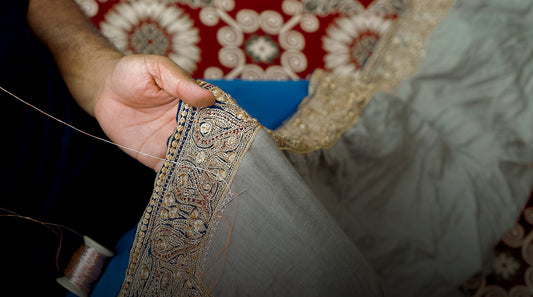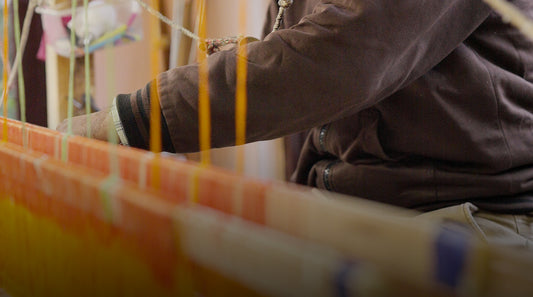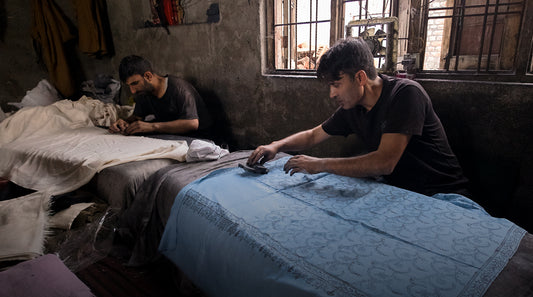
Why Pashmina Is Called the 'Soft Gold'
Pashmina is often referred to as the "Soft Gold" of India, a title that encapsulates its value, rarity, and luxurious appeal. This extraordinary fabric originates in the harsh Himalayan region, where the Changthangi goats of Ladakh produce the fine wool that forms the foundation of Pashmina. The term “Soft Gold” not only signifies the fabric's softness but also reflects its worth, comparable to precious metals.
The Changthangi goats endure extreme cold, developing an ultra-fine undercoat that is shed naturally every spring. Collecting this wool is an eco-friendly process, as it involves no harm to the animals. Each fiber is painstakingly hand-spun by Kashmiri artisans, a skill passed down through generations. Weaving a single Pashmina shawl often takes weeks or months, with artisans dedicating themselves to creating a masterpiece that is both warm and feather-light.
Pashmina's enduring charm lies in its rarity. Unlike mass-produced textiles, it embodies the essence of slow fashion — handmade with care, crafted to last, and designed to be cherished. The labor-intensive process, combined with the material's unmatched quality, elevates its status to that of a luxury product, earning it the nickname "Soft Gold."
Beyond its material allure, Pashmina is a cultural emblem. It has adorned royalty and aristocrats throughout history and remains a symbol of sophistication today. Its soft texture, natural sheen, and intricate designs make it a timeless accessory, sought after by fashion connoisseurs worldwide.
Investing in Pashmina means more than owning a luxurious fabric; it is an appreciation of heritage, craftsmanship, and sustainable artistry. Its title as “Soft Gold” reflects not only its softness but its golden contribution to India’s legacy of textile excellence.



